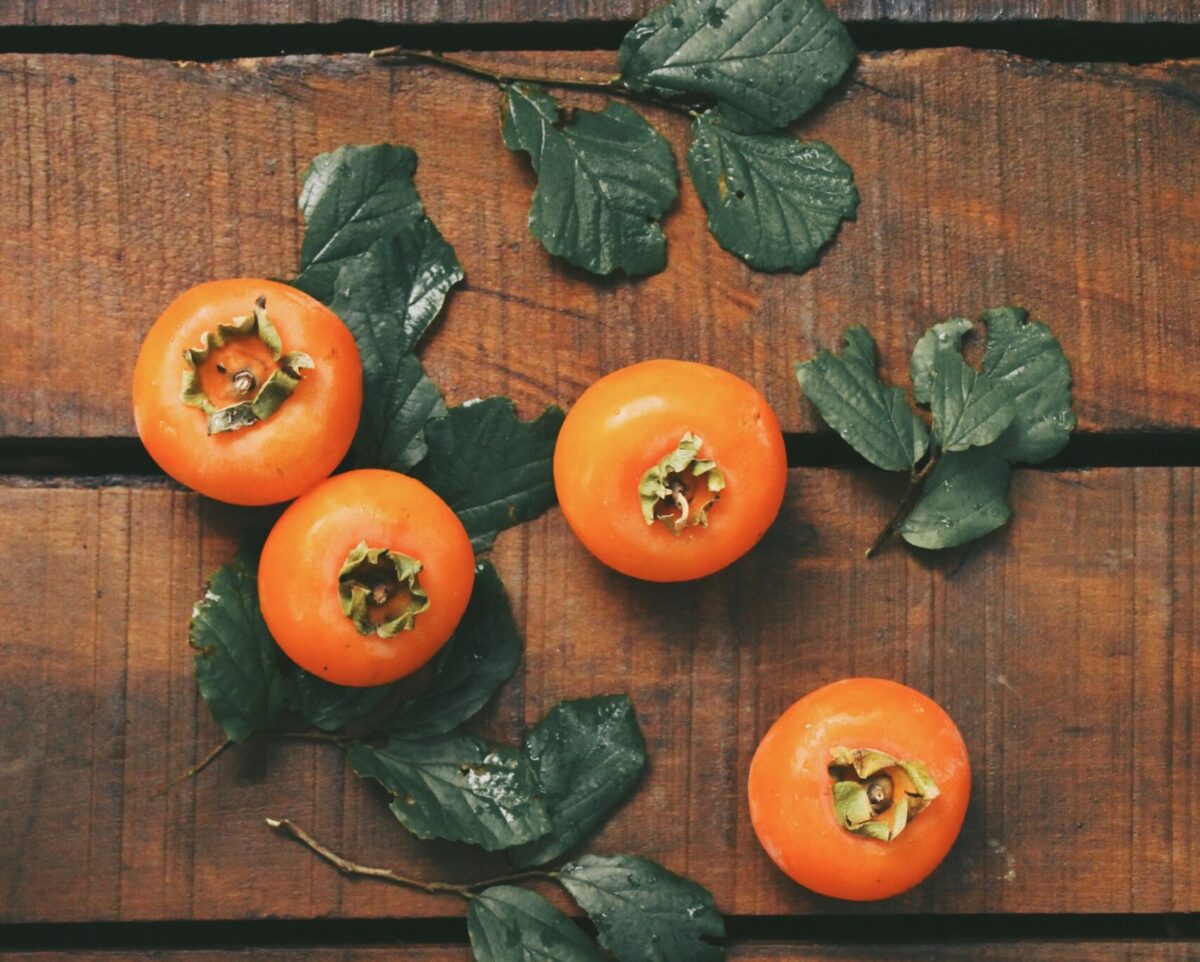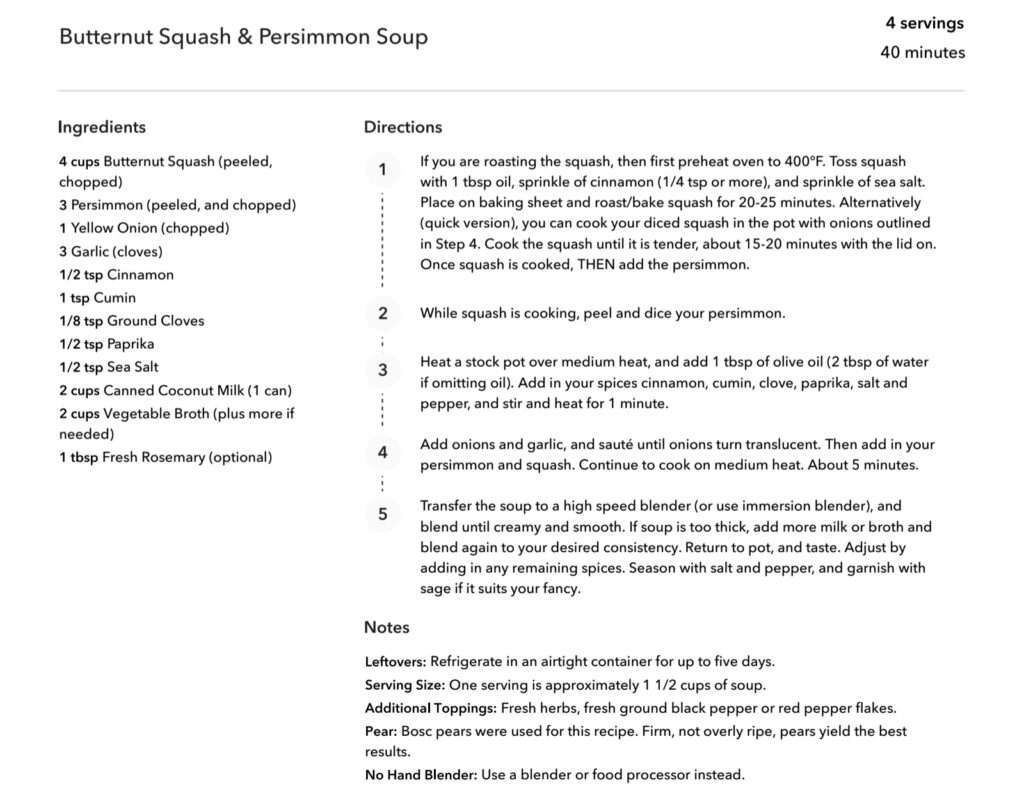By Tim Irvine
I have a problem. It’s not exactly world shattering, but it will allow you to learn from my mistakes.
While I’ve progressed my thinking in many areas, I seem to be stuck with a mindset from my 20’s as it relates to my physical capabilities. Back when I could sprint, jump, throw, catch, hit, etc., all at full speed, at any moment.
Time has moved on and, apparently, so have my capabilities. There have been a series of injures, none particularly catastrophic, but all avoidable.
Like the parallel bars in a park in Quebec last winter. Shoulder tear.
Or my no warmup hockey game the winter before. Searing back pain.
And most recently, an early morning, post-run deadlifting session. A different kind of back pain.
It seems ridiculous given my education, experience and profession, but taking my own advice has never been my strong suit.
Here is what you can learn from my ridiculous mistakes.
- Sitting can really mess you up.
I’ve gone from a day filled with workouts, sports, and more than 15,000 steps, to sitting 6-8 hours daily. Weekends are a break from it, but the overwhelming repetition of my butt on a chair wins in a landslide. What does this look like in real terms?
- Slightly rounded forward shoulders put the shoulder joint in a poor functional position. When you are doing some parallel bar work after a decade away from it, this new shoulder position is a disaster. Ouch!
- Short hamstrings, short hip flexors, weak abs. When you start moving fast, and I use ‘fast’ loosely these days, with major structures like these tugging on your pelvis and spine with reduced abdominal support, bad things happen. Painful things happen.
Solution: Don’t sit so much (Nobel prize, here I come). If you do need to sit, change position or move every 30 minutes. No joke. EVERY 30 minutes.
- Warmups are actually good for you.
Before a track meet, my daughter needs to be there over 90 minutes ahead of her event so she can warm up properly. She’s 16. If a 16 year old trained athlete needs an hour +, why do I think it makes any sense to show up, forgoe the warmup, and just giver’ in my hockey game? Spoiler alert, there is no reasonable answer for this other than something including the word stupid. The pressures of time usually means we cut the warmup short, or remove it completely. Take it from me, this is a bad idea.
- No warmup means muscles are not prepared for demands placed on them, dramatically increasing the risk of a strain – aka a tear.
- No warmup means the neuromuscular system is not ‘primed’ to protect joints and their supporting structures resulting in an increased risk of ligament or tendon injury.
- If you really want to increase your injury risk, workout first thing in the morning without a warmup.
Solution: Always, always, always warm up. The more intense your activity, the longer and more specific the warmup needs to be.
- Know where you are at and do what fits.
If there is one lesson that is most important for me, and many others, it’s this one. If I just put my M.Sc. to work for myself, I would program and train myself much differently, and the first two lessons above would be mute. I’d sit way less and warmup really well. Everything would be much less risky as it relates to injuries.
Solution: Forget about what was and focus on what is. Where are you at today and what is appropriate to be doing? It doesn’t mean the pursuit of performance is dead, the process just needs to be thoughtful and match one’s current abilities.
Bonus considerations.
Tissue pliability changes with age, but more so with use. Keeping your muscles pliable, flexible, supple goes a long way to keeping your movements ‘young’. If you are 30 and have been sitting for your job the last five years, your tissues have lost pliability. Realize this and remember this is how Tom Brady played until he was 45.
When you do sustain an injury, appropriate activity really helps with recovery. Gone are the days when rest was the go to way to recover from any kind if tissue injury, including surgeries. My most recent back injury is a perfect example. I hurt it in the morning but had a full day ahead of me and I had to plow through. Appropriately. I took my own advice for once and moved carefully all day with a resulting 30-40% decrease in my pain before heading to bed. Had I laid on the couch all day, I would not have had the same improvement.
The above is written with tongue in cheek, however, the messages are no less important. There are many things I do right, but a lack of time usually leads me to make decisions I know are not ideal, but I think I’ll be able to get away with it. Sometimes I do, but when I don’t, the result is a real pain.
Take my advice and be smart with your decisions














